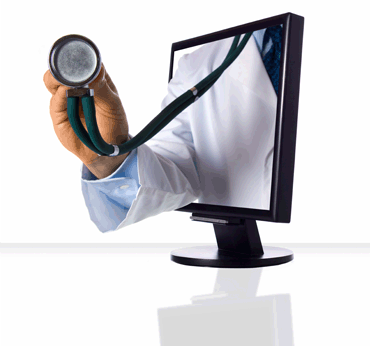The lack of consistently demonstrable positive outcomes, both clinical and economic, has traditionally served as a central barrier to telehealth adoption. Doubts as to whether telehealth works in delivering positive, significant returns on investment hinder reimbursement, says one research firm.
However, new research shows that clinical and economic results can be delivered by engaging all users within a telehealth ecosystem. This is leading to a growing demand for fully managed telehealth service models, according to InMedica, a division of IMS research, in its report, The World Market for Telehealth – An Analysis of Demand Dynamics – 2012 Edition.
“The issue of whether telehealth works to drive clinical and economic results has become a ‘yes’ or ‘no’ question for healthcare providers,” commented Theo Ahadome, senior analyst at InMedica.
“In fact, the real answer is ‘it depends.’ It depends on how the telehealth system, and services are set up and the how the behaviour of patient and other stakeholders can be changed in this system,” adds Ahadome. Healthcare providers and payers are beginning to realise this and seek to work effectively with the right suppliers and partners to deliver a total solution that works.
According to InMedica, clinical results in telehealth are driven by achieving effective engagement of all users – patients, patients’ friends and family, clinicians, nurses and care givers.
Clinical results through wider engagement in turn drives economic results, by reducing readmission costs and burden of care providers, patients and payers are more willing to share in the financial risk, i.e. to co-pay for the system. As such, engagement of all stakeholders needs to become the core of the telehealth ecosystem. It is the need to address this core that is leading to greater demand for managed service solutions.
Managed service solutions in telehealth involve suppliers and integrators who partner with healthcare providers to address all aspects of the telehealth system. This may use open platforms and best-in-breed of device and technologies – an approach to care delivery which is key for future telehealth adoption.
“Devices are important in telehealth because they are the interface for users. Features should be driving increased user engagement. This could be a home hub that provides immediate feedback through video, phone calls and pre-recorded messages depending on vital signs data received,” continued Ahadome. “Additionally, user engagement should apply as much to family, clinicians and care givers as it does to patients.”
However, devices alone do not achieve positive results.Monitoring, evaluating and continuous training on how clinicians use telehealth, as well as providing full integration into clinician everyday workflow and electronic health records (EHR) is key. Engagement of other staff in the ecosystem is also often overlooked. A part of the managed service solution should include periodic interaction with patients by care givers.
Moreover, this interaction should be monitored, evaluated and managed so that it can be continually adjusted based on vital signs data received. A managed service solution provides full cycle monitoring and evaluation of the telehealth system and adapts accordingly. This will provide actionable insights that can be used to improve the provider and user experience, and ultimately drive positive outcomes in the telehealth market.










